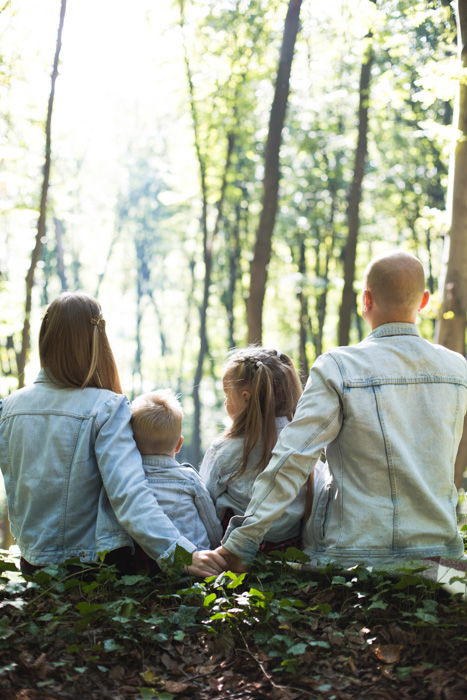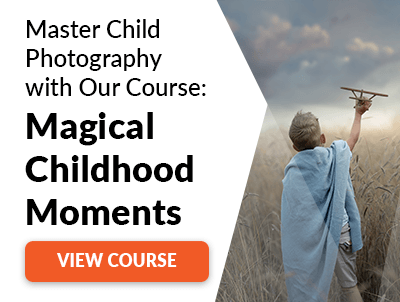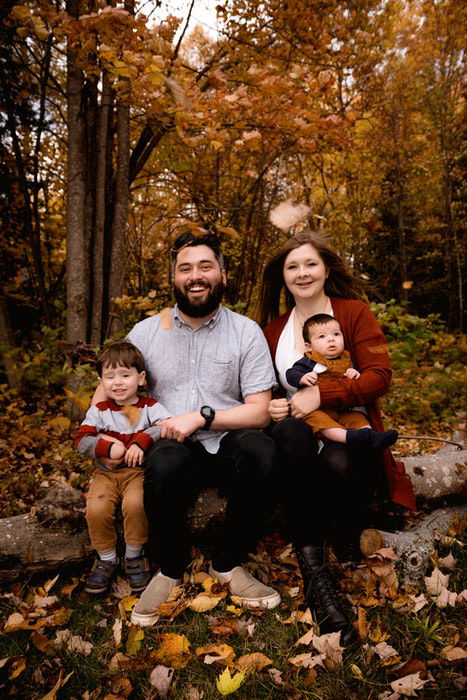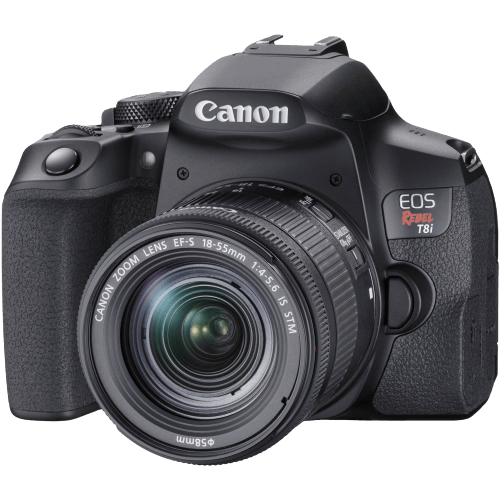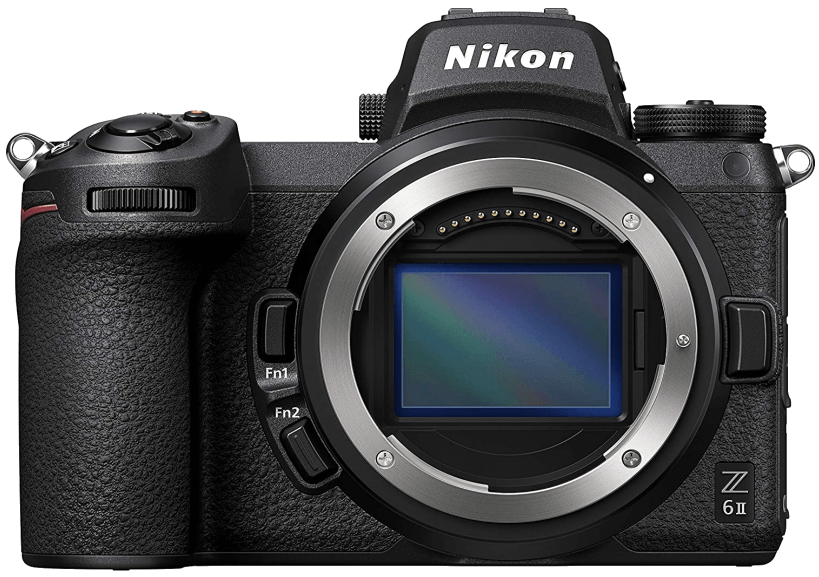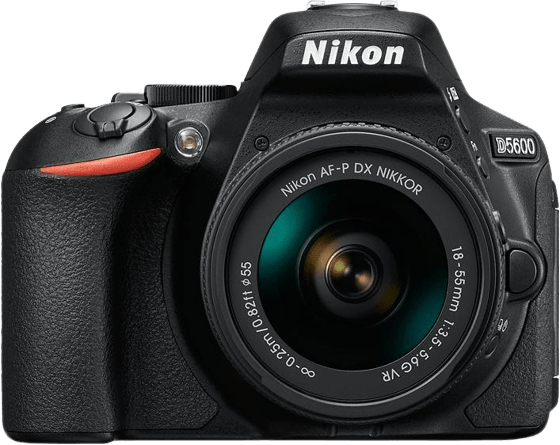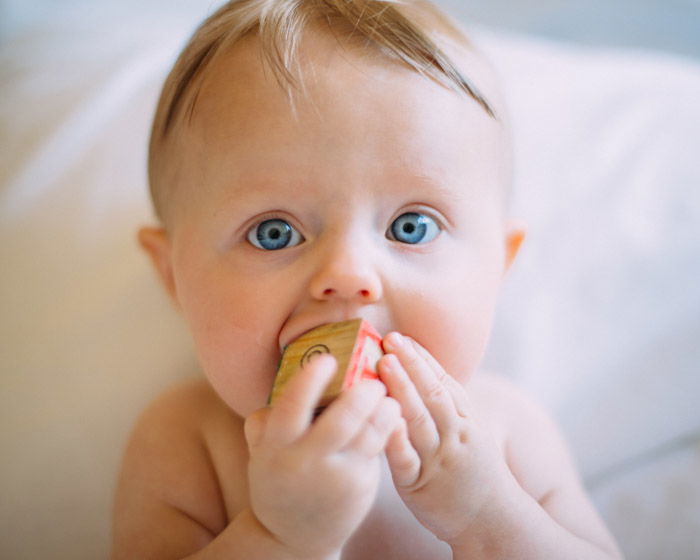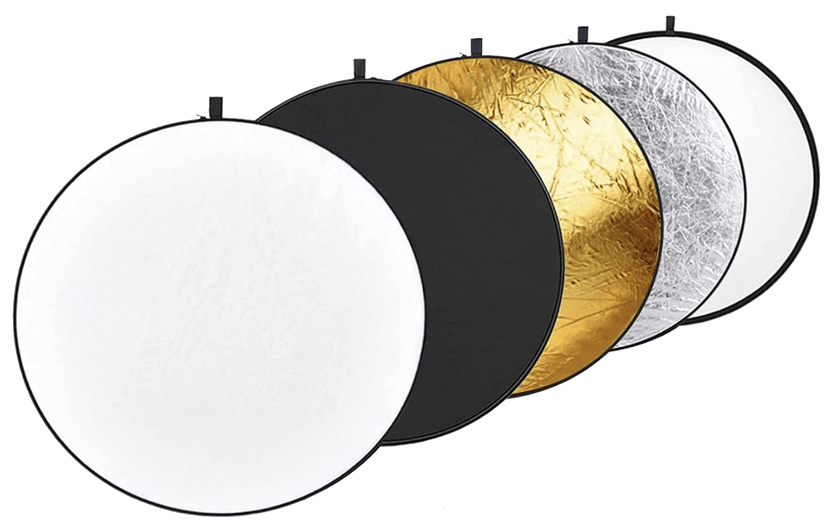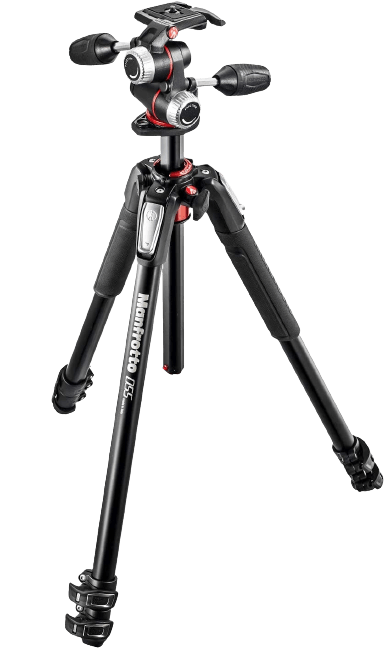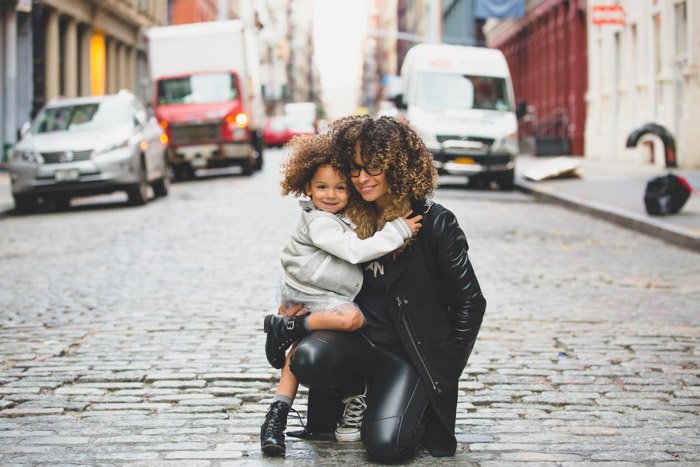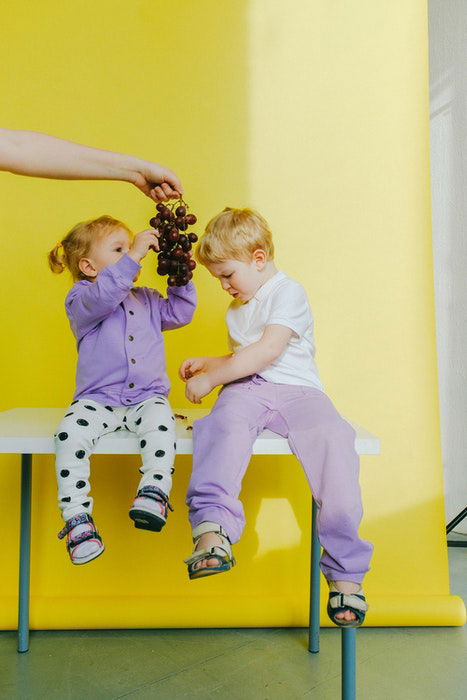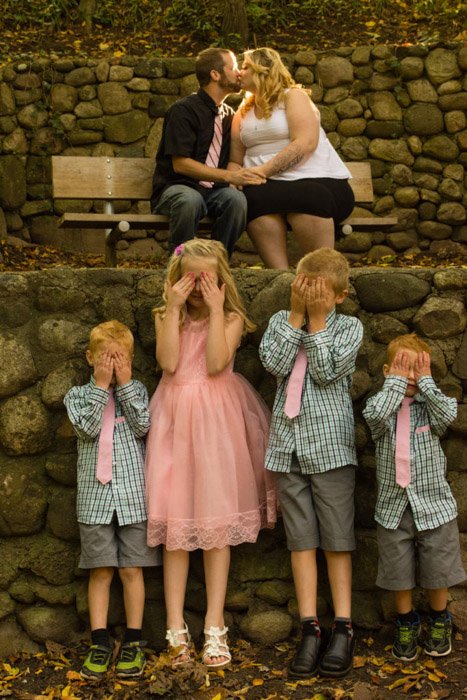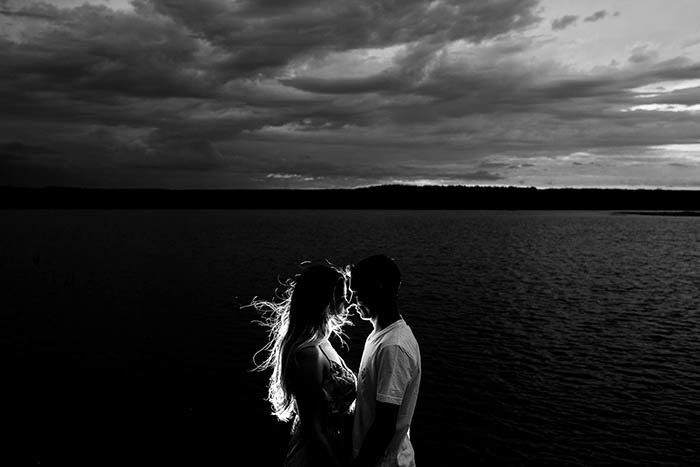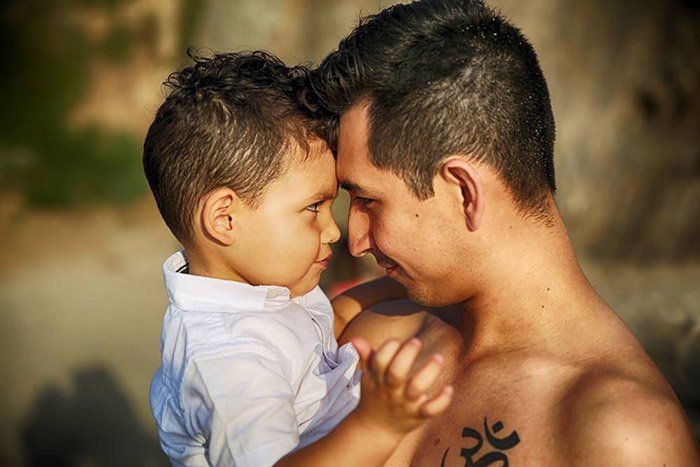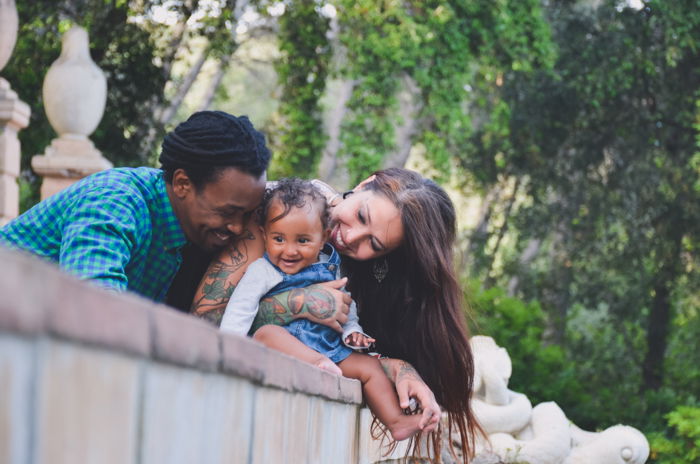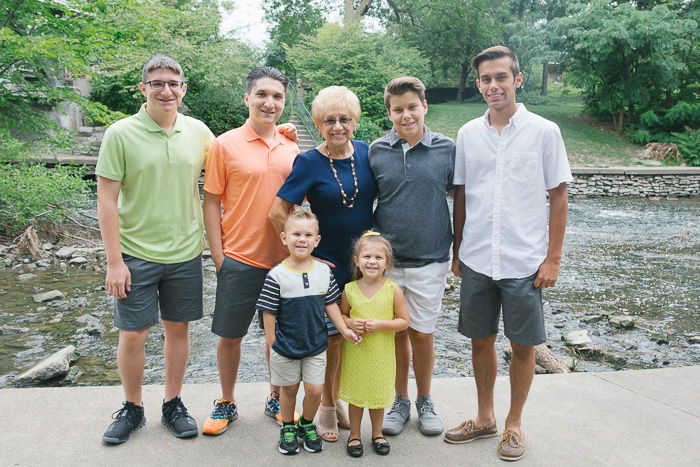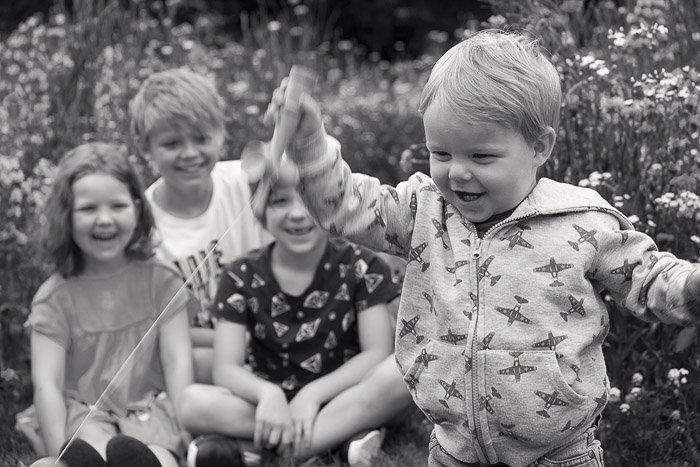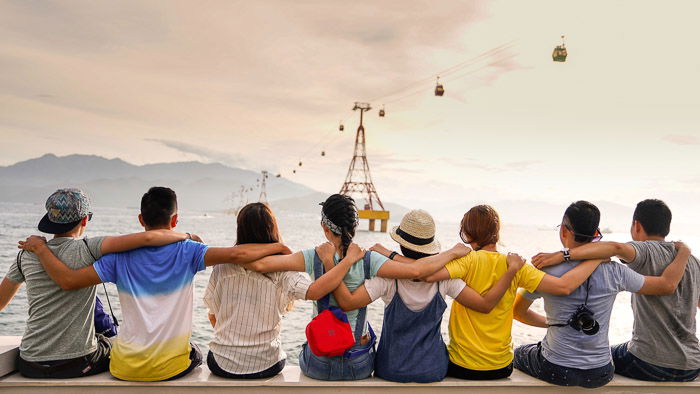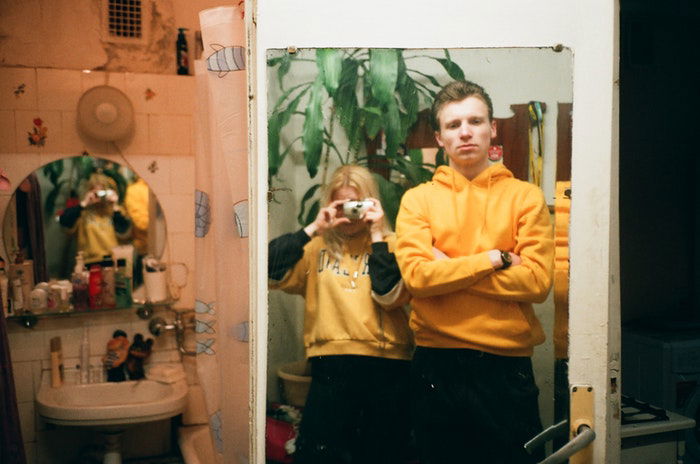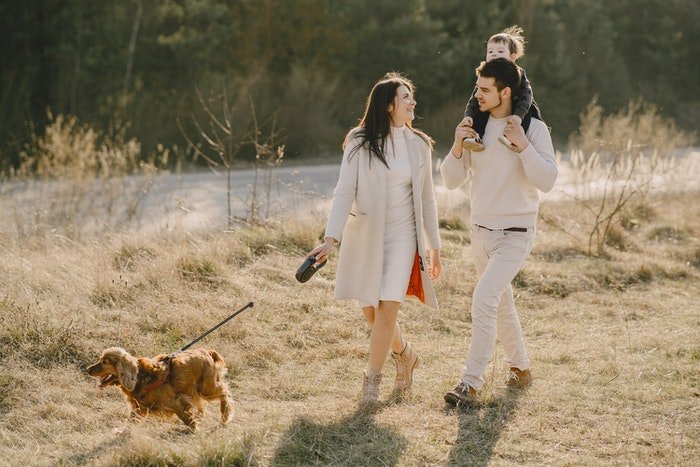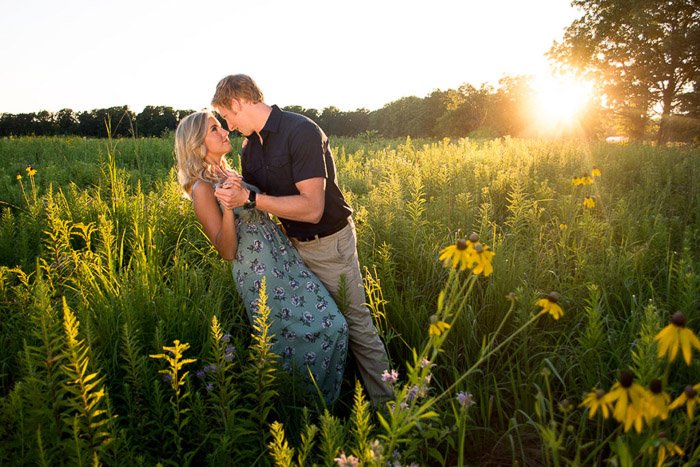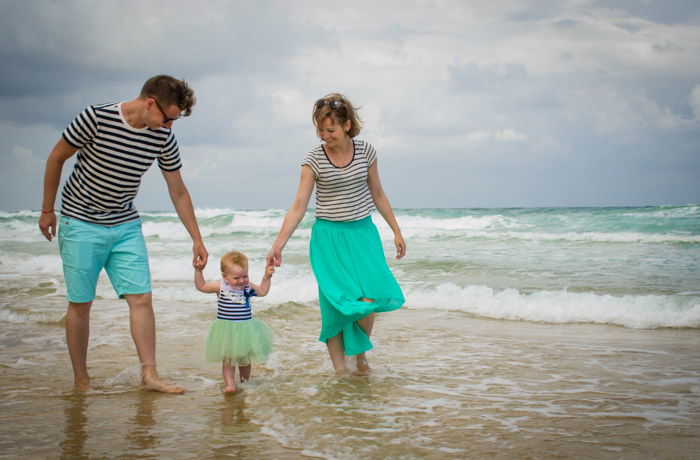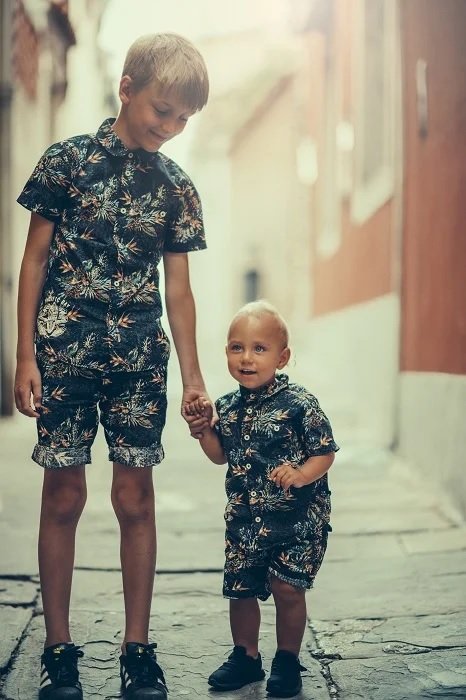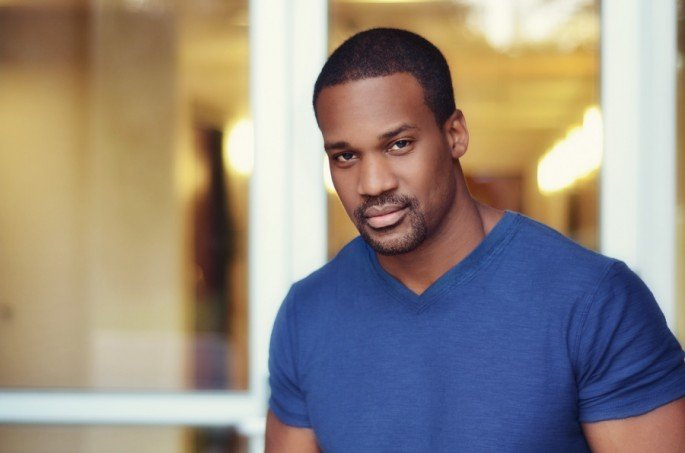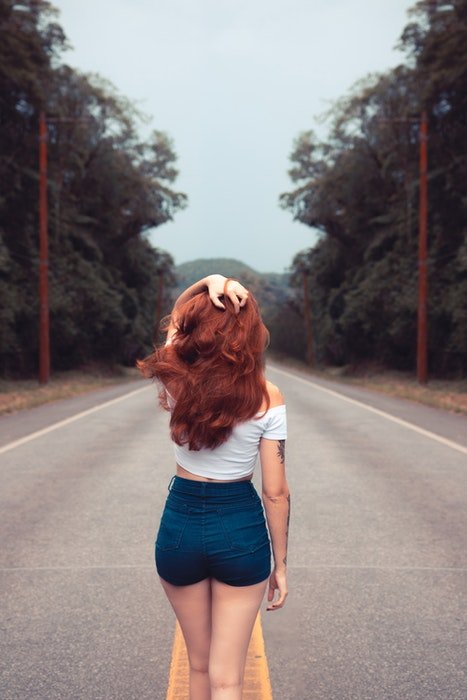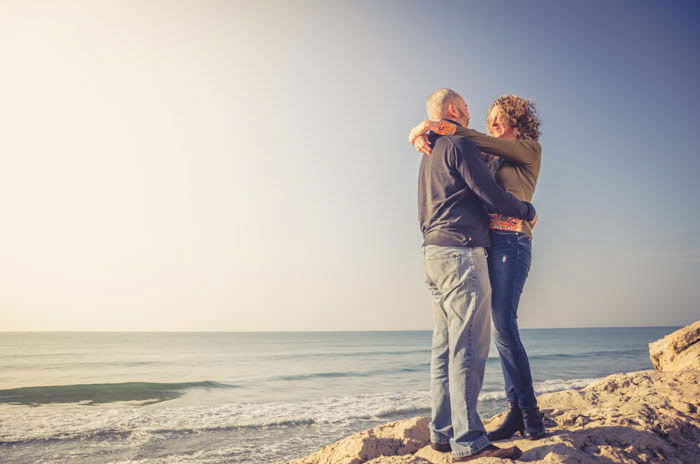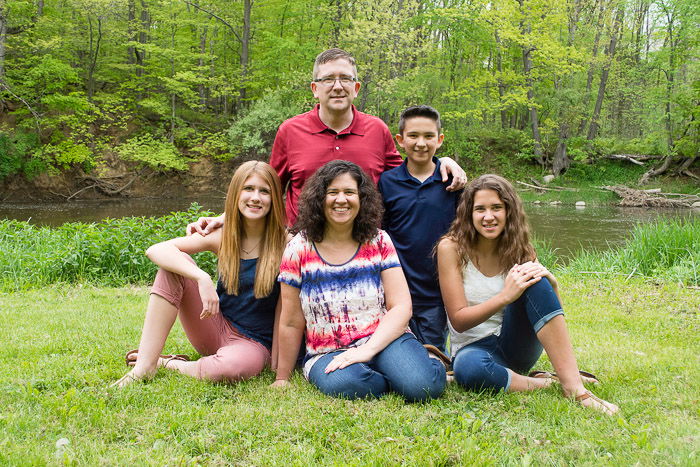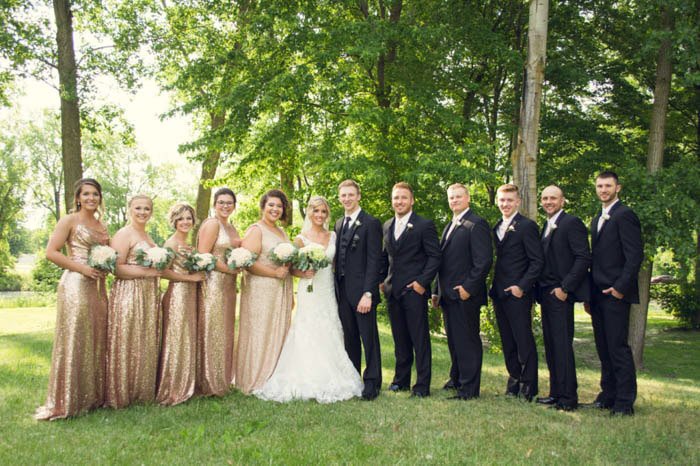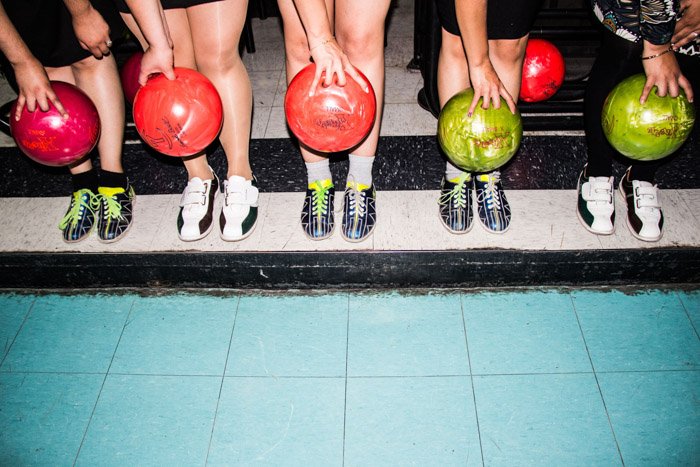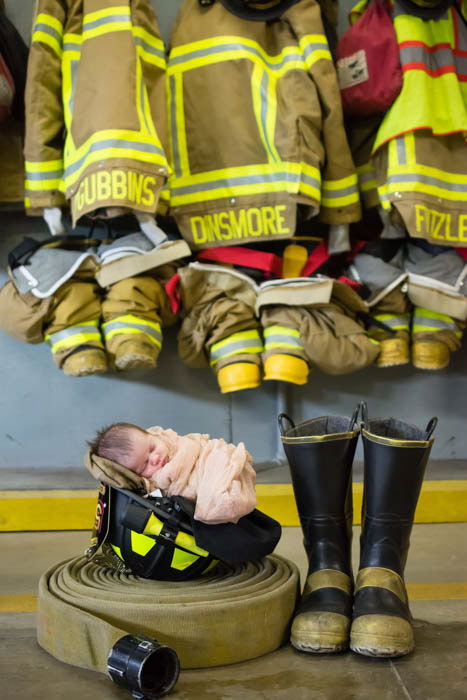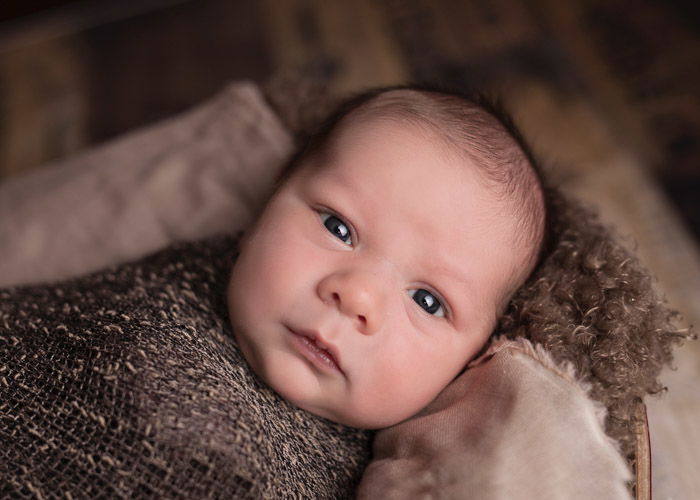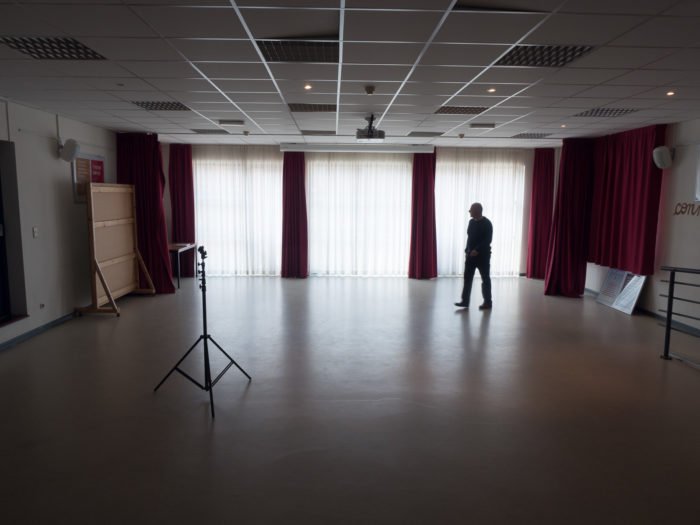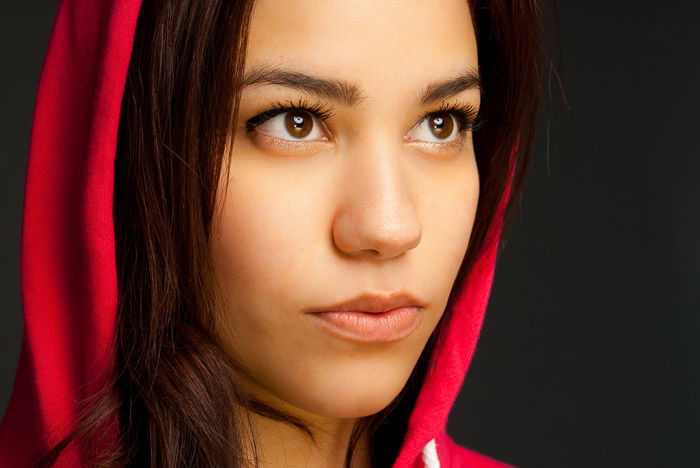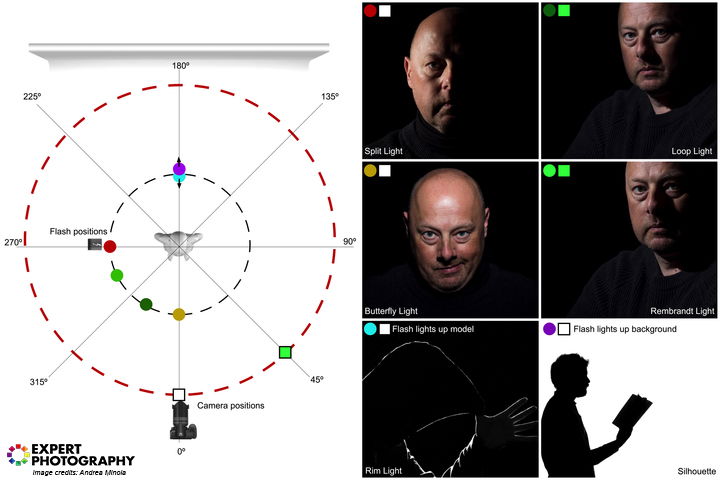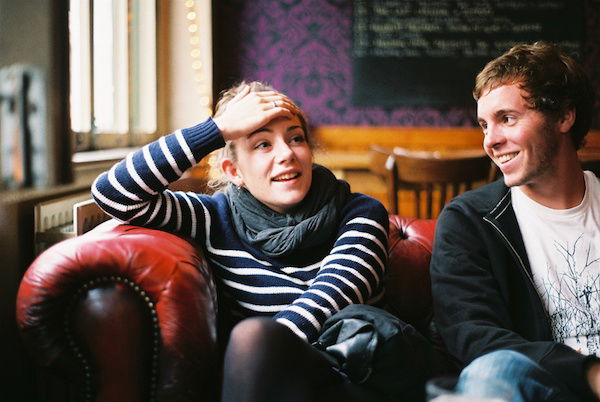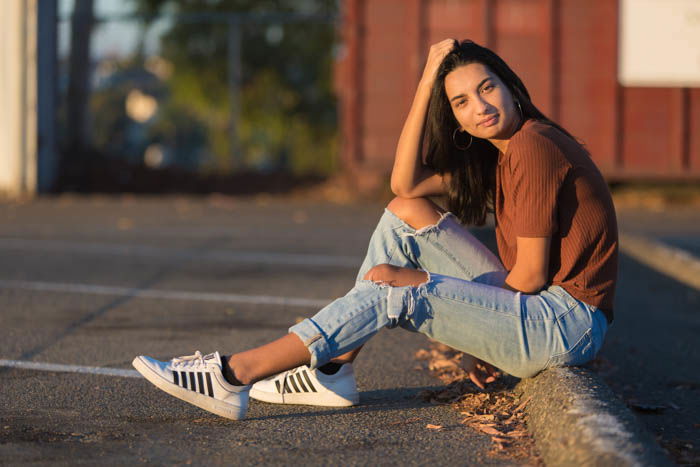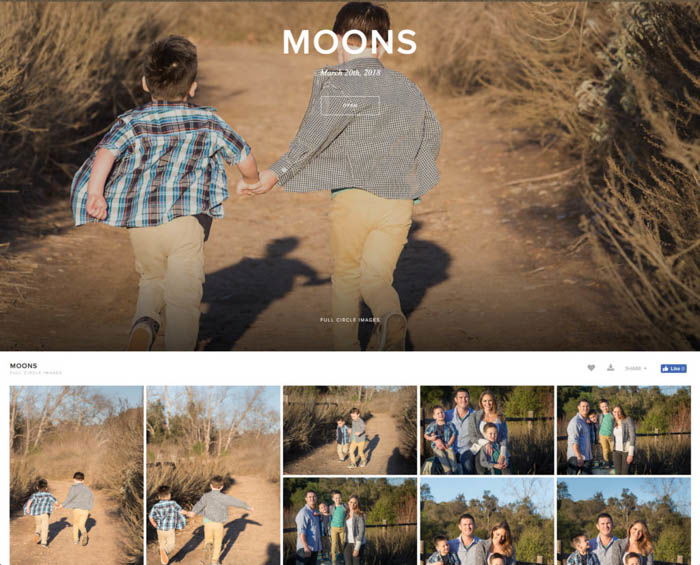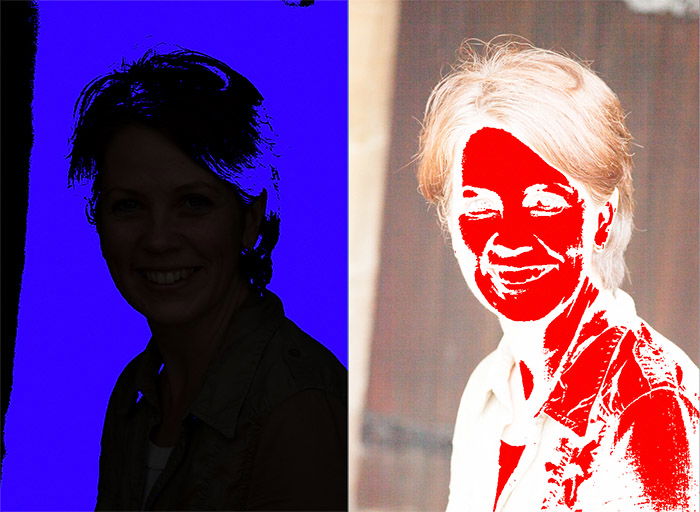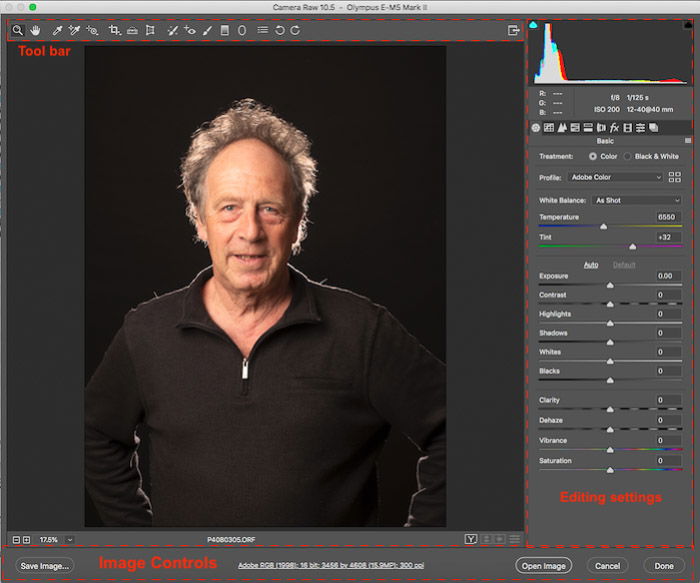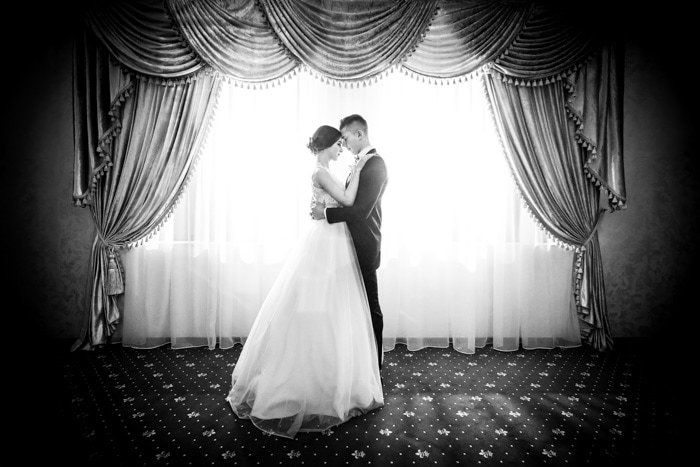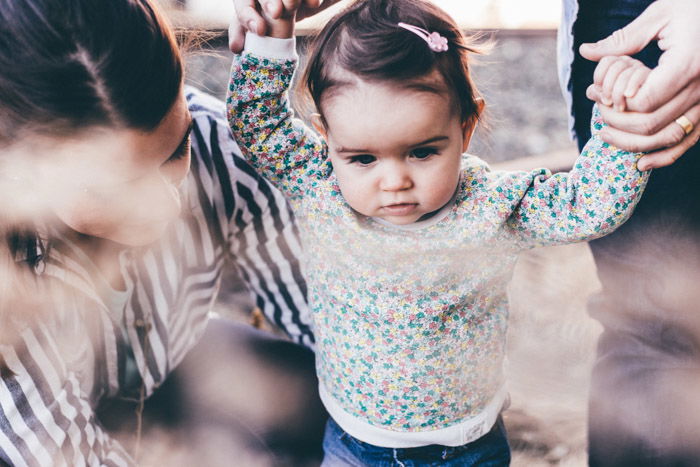Taking pictures of your family is a great way to capture moments and create memories. But family photography could be a career option for photographers. Family photography is very popular all over the world. And people are willing to pay for professional pictures of their nearest and dearest. This article covers everything you need to know about family photography. From choosing the right gear to posing the family members, we have it all. Here’s some photography fun for the whole family.
What Is Family Photography?
Family photography might sound self-explanatory. It’s just pictures of family members together. While that is true, there are many different types of family photography. And many different combinations of family members can come together for emotional photos. Family photography can involve large group shots of the entire clan. This includes aunts, uncles, grandparents, grandkids, and step-siblings. Family photos can also be smaller, involving just two or three people. You can take pictures of siblings together. They can be children or adults. It could be shots of parents with a child. Or one parent with one child. Newborn photography also falls under the family photography umbrella. Families often want to show off their newest members at their cutest. And photographing the parents together when the mother is pregnant is another popular choice of family photo. There are tons of different ways to photograph families. And if it were as simple as pointing the camera and shouting “say cheese!” we’d have no need for photographers. But it can be a complicated business. And creating images the family will cherish takes skill, knowledge, and dedication. Often, family members are inexperienced models in front of the camera. You need to make them feel comfortable and at ease. And you need to control them without ruining the friendly atmosphere. You also have the choice between posed portraits and candid shots. The posed portraits can involve any number of family members. And they can also have a candid feel while still being posed. Then you have candid shots of family members interacting with one another. These can make special and unique family photos. A family photograph is not one set type of photo. It can be anything and can involve any family member. And there are many ways to achieve success in this field of photography. We’ll take a deeper dive into the nuts and bolts of family photography, so keep reading.
Camera Equipment
This section will look at the best equipment for family photography. We’ll give you something to get started on each subject. Click on the links for the full articles so you can get the best advice on family photography.
Best Camera for Family Photography
Families are an ever-changing unit. New children arrive and grow up. Older relatives move away or depart for good. Time moves quickly. And it can be hard to stop and appreciate the time you have with loved ones. That’s why having a good camera for family photography is so important.
Taking pictures of special family moments helps you appreciate them all the more. And if you have a quality camera, you’ll have something extra special. You can create photos to display in your home or send to loved ones far away.
The Canon EOS Rebel T8i is the best camera for taking pictures of the family at home. It’s easy to use, but the results are far better than anything you can produce with a smartphone. It also has good video options and creative features.
Canon EOS Rebel T8i / 850D A feature-packed entry-level DSLR. The family-friendly usability and fantastic image quality make it ideal for family photography.
Family photography is also a lucrative business. And you’ll need a pro-level camera if you want to succeed with it. Families are paying for something above and beyond anything they can do at home. That’s why you need the best camera for professional family photography.
The Nikon Z6 II is the best camera for professional family photography. It’s a sleek mirrorless camera with advanced features. The results are fantastic for photos and videos. It has everything a professional photographer needs to succeed.
Nikon Z6 II Nikon’s most well-rounded mirrorless with advanced features for photos and videos. The brilliant multimedia results make it the perfect option for pro family photographers.
The Best Cameras For Newborn Photography
Photographing newborns is no easy task. Newborn babies may not be able to move much, but you still have to take the utmost care. They can squirm and roll. This can cause them to fall off surfaces or for things to fall on them. You need a baby-proof space to shoot in. The camera you choose is another important part of newborn photography. It needs a good range of settings including ISO and shutter speed. And you’ll need a lens with a wide aperture range. Newborn babies are fragile creatures. Using strong artificial lights can disturb them and hurt their sensitive eyes. That’s why you need a camera that works well in lower-light situations. Thankfully, most DSLR and mirrorless cameras have the capacity to shoot different scenarios. That gives you plenty of choices. But you should select a camera with a smaller and lighter body. That reduces risk during the photoshoot. The Nikon D5600 tops our list of the best cameras for newborn photography. It’s a fantastic DLSR with a compact body and excellent low-light settings. Click the link above to see the full list of cameras for newborn baby photography.
Essential Family Photography Equipment for Better Portraits
The camera is the most important piece of equipment for any photographer. But a good set of camera equipment to go with it can help you take your photography to the next level.
Selecting the right lens is important for family portraiture. A 35mm lens is a good option for group portraits. And a 24-70mm zoom lens gives you creative versatility.
You also have a choice when it comes to lighting equipment. You can go for a flash if you need a lot of illumination. And there are plenty of external flashes to choose from, especially if you have a Nikon or Canon camera.
Reflectors are a handy tool if you’re using natural light. They allow you to manipulate the light you have without additional lighting. And they give you more soft, natural-looking light that’s ideal for portraits.
A tripod is another important piece of gear for family photographers. It gives you more stability and allows for more flexibility with exposure settings. You can use slower shutter speeds with no camera shake. They also give you a fixed point to work from. This is helpful when using a carefully designed set or location.
Neewer 5-in-1 Circular Light Reflector An affordable 5-in-1 reflector set that gives you more lighting options with no additional lights.
Manfrotto 055 Aluminum 3-Section Tripod Kit A top-quality tripod with a strong build and excellent stability options with adjustable legs.
How to Photograph Your Family
Now that you have your camera and gear, we’ll look at how to get the best out of them. You’ll be able to master your camera so you can maximize the magic moments when the family is together.
How to Choose the Right Camera Settings for Portraits
Many cameras have excellent auto modes. Auto mode is the easiest way to take pictures with most cameras. And you can get really good results. But auto mode can also hold you back creatively. For unique and personal family photos, you need to go manual. Using manual mode on your camera means you control the main exposure settings. The main three settings are ISO, shutter speed, and aperture. They make up the exposure triangle. You want to keep your ISO at a lower setting. The lower your ISO, the better the image quality. If you push the ISO setting too high, you’ll start to see digital noise in your images. This gives your images a faded and grainy appearance. Your aperture is a useful setting when it comes to family portraits. When you use a wide aperture (or a lower f-stop), you create a shallow depth of field. This means your subject is in focus, but the background has a nice blurred bokeh effect. The shutter speed setting determines how long the shutter is open. A faster shutter speed is useful for action shots because you won’t see any motion blur. You can use slower shutter speeds when necessary. But you will start to experience camera shake when it is set too slow. Using a tripod allows you to use slower shutter speeds. And cameras with image stabilization also give you more options with your shutter speed. Shooting in RAW is a must if you want to edit your photos. JPEGs are great when shooting in auto mode. But RAW photos are uncompressed. And that means you have more editing options in post. Read the full article above to learn more about camera settings for family photography.
Family Cheat Sheet
A cheat sheet gives you all the info you need to capture the exact type of photo you want. The information is simple, easy to follow, and digestible. It gives you the tips and techniques you need to master the shot. It’s a great idea to print them out. You can take them with you on family photoshoots. That means you can take any type of family shot without hesitation. All the info you need is right there with you. You can also put them on your phone or tablet. Paper-free versions can come in handy during certain photoshoots. One of the best examples is photographing indoors in low light. Each cheat sheet starts by determining whether you’re using natural, artificial, or flash lighting. You’re then able to follow the tips in the correct path. Read here about all of the family photography portrait scenarios you may encounter. And how to photograph them effectively.
Top Ten Rules For Portrait Photography
In all areas of photography, there are rules. Rules can be helpful when you’re starting with portrait photography. They give you a solid foundation to build on. And they help you improve your techniques. But photography is like many other areas of life. And rules are there to be bent, broken, and ignored. As your skills grow and develop, you can try new things. Eventually, you’ll have your own set of rules for portrait photography. One of the most important rules to follow relates to aperture. Aperture is how wide or narrow the diameter of your lens is. It is determined by your lens, not by your camera. This is something that affects the depth of field of your scene. It decides how much of your image will be in focus or not. Using an aperture between f/8 and f/16 ensures your subjects are in focus. This is still small enough to make sure that the background can still be blurred for maximum effect. The direction of your model’s eyes is another important part of portrait photography. The focal length you choose goes a long way in determining the outcome of your portraits. As does your model’s clothes. You can read about all the 10 rules here. And once you’ve mastered these rules, it’s time to break them and make your own.
Seven Creative Family Portrait Ideas
Photographing your family doesn’t have to be a serious occasion. You can experiment with different ideas to add more fun, emotion, and meaning to the photos. Props are a great way to add a playful element to your family photoshoots. Kids always have fun with props. But you can also use extra features in adult photo shoots too. One very creative way to look at your group is to utilize the foreground and the background. It allows you to compartmentalize different sections of the family. You can have the parents in the background and the children in the fore. It adds visual layers and depth of meaning. Including pets is always a fun option for family photos. They are beloved family members just like any other. And bringing the dog, cat, or tortoise into the shot will put a smile on everyone’s face. Visual interaction between family members heightens the emotional heft of your shots. The members can be talking, laughing, or hugging. Different interactions promote different emotions in the models and the viewers. You have a lot to play with. Read here for more creative ideas to capture that family.
Black and White Portraits
Black and white photography has a timeless quality. And that’s certainly true of portraits shot in black and white. A great black and white portrait is deep, engaging, and eternal. That’s why shooting in black and white is a great option for personal family portraits. You need to look at different elements when shooting black and white photography. You can’t rely on vibrant colors to make your photos pop. Texture, shape, and form take precedence. Light and contrast become more important in black and white images. You can create powerful black and white portraits by combining these visual elements. Read our article here on how to make a statement with black and white portraits.
Taking Fun and Natural Family Portraits
Taking fun and natural family portraits can be challenging. You are working with normal, everyday people who aren’t used to posing in front of a camera. The photos will appear rigid and stiff if your models aren’t relaxed and at ease. They will lack the warmth of emotion you need for powerful family pictures. There are many ways to create a natural environment that allows true feelings to be expressed. The more pre-shoot work you do, the less you need to do when shooting. Spending time with the group can help them relax around you, bringing out their warmer side. You also have to be adaptable. Things can change at any moment on a family photoshoot. And that’s especially true when working with children. The key is to remain calm and adapt to the changes. If you become tense, so with the family. That will affect your photos. For a deeper dive into how to take natural family photos, read our full article here.
12 Dos and Don’ts of Family Portrait Photography
As you photograph families more often, you will start to see which images work. Some ideas are good for some scenes. But the same ones might not translate to other environments. It all comes from practicing and critical evaluation. Our article can save time and help you with a bunch of dos and don’ts for your family photography. Bunching groups together is a handy “do” for family photos. A group that’s close in a photo will appear close emotionally. It’s a simple yet effective trick. But don’t have them tilt their heads together. This has romantic connotations that might not be appropriate for all family shots.
What to Wear for Family Photographs
Knowing what to wear is half the battle in family photography. There are many options for color, texture, and patterns. Matching outfits can be a fun visual demonstration of the familial connection. It’s a common trope in twins and siblings photography. But you can use this trick with any type of family photo. You don’t always want matching outfits. That might be too kitsch for many families. And allowing family members to wear comfortable clothes will help you create natural shots. But some influence of the clothing can be beneficial. If left undirected, different family members might wear clothes that clash. And too many random colors and patterns might make for a messy and distracting set of images. You can suggest colors to wear. And you can offer several colors that go together, so they’re not all matching. Check out our article on color theory to make the most of color in your photography. You can also use costumes and themed outfits. This is great for child photography. But it’s fun for the whole family too. Don’t force families to dress up. Some might not feel comfortable. And that won’t help you get the best family photos. For all clothing help, run through our article here. It might make the difference you’ve been looking for.
How to Take Documentary Family Photography
Documentary family photography shows the natural side of your family. Nothing is posed or prearranged. Every shot is candid. And the set of photos gives an insight into your family’s real life. Photos of our natural moments with our loved ones can be the most special. They are more intimate. And they depict a unique moment in time. The photos tell a story that relates to your family and your family alone. Capturing good documentary family photography has many challenges. Firstly, shoot with an open mind. Don’t have too many pre-planned images in your head. If you do, you’ll try to direct the subjects. But you actually want them to act naturally. You also need patience. It might take time for the family to get used to the camera. Some might feel tense with the camera around. And these could lead to stiff, unnatural pictures. Bravery is another important part of documentary family photography. Giving a natural impression of the family involves shooting the highs, lows, laughs, and tears. Don’t shy away from emotion. Let it flow and be ready with the camera. Read more of our tips on how to create beautiful documentary family photography.
How to Easily Focus for Sharp Group Photos
There are few things more annoying than taking a whole bunch of family photos only to find some are out of focus. They might look sharp when you review them on the camera’s LCD screen. But on closer inspection, they might be soft. One tip is to have everyone on the same row. This means that if you focus on one person towards the center, the others will also be sharp. All of the people are the same distance from your sensor. Having them all in one row will allow you to line their feet up. This ensures an overall sharp focus for everyone. You can also use a wider depth of field. This means more of your shot will be in focus. And you can achieve a wider depth of field by using a narrower aperture setting. Read our article here on how to get sharp group photos every time.
Family Photography Inspiration
If you are stuck for inspiration, there are many places you can look. Pinterest has the largest collection of images for searching group or family photography. They will show you images of groups of friends, wedding parties, and even work colleagues grouped together. This article gives you a few great examples of how different artists see families. Peruse at your leisure.
11 Best Techniques for Taking Family Portraits with Pets
We all love our pets. And they are true members of the family. And that’s why you should include your beloved animals in your family photos. They put a smile on our faces and give family photos a lift. But working with animals has extra concerns you need to be aware of. A photoshoot involving animals is fun and tricky at the same time. You might have everyone in the perfect position when the dog decides to run away. They’re unpredictable and they don’t always understand the concept of a photoshoot. If it isn’t your pet, always communicate with the owners. They can tell you if the dog is unsettled or has any triggers. You want to create a safe environment where the animals feel comfortable. Having a few toys and treats on hand is a useful tip. They are handy tools that give you more control over the animal. They are more likely to behave if they get a tasty treat. Read the other ten techniques for taking family portraits with pets here.
Best Poses and Shot Ideas
This section looks at the best poses for family photography. If you’re tired of using the same old poses for your family photos, these articles are what you need. They’ll spark your creative fire. And you’ll be able to create fresh and fun family photos. Unfortunately, the golden hour doesn’t happen at a set time every day. It depends on the time of year. The golden hour happens when the sun goes down. That means it will be later in the summer and earlier in the winter. There are calculator apps that give you accurate golden hour predictions. The Photographer’s Ephemeris or Helios Golden Hour works for iOS. Blue Hour Calculator is for Android. These will give you the times of this golden hour in a particular location. You have to be prepared for a golden hour shoot. It doesn’t take long for the sun to sink below the horizon, taking the golden rays of light with it. Read our article on how you can use it to your benefit. It helps you capture the family in one of the best light situations possible. Photo by Hillary Grigonis
15 Best Poses for Photographing Families
There’s nothing better than having the whole family together. That’s the perfect time to get the camera out for a special family photo. But after a few shots in the same positions, the photography can get stale. That’s why every family photographer needs a list of poses in their back pocket. With a good selection of poses, the photos will stay energetic and exciting. And poses that build on each other allow the photoshoot to flow. Both parents walking hand in hand with a child is an excellent pose for a small family. It shows togetherness. And with the parents on either side, it shows how they protect the child. Group hugs are always fun with close family members. It’s a simple pose that can generate genuine emotions and reactions. For all the other 17 poses for the family, read here.
Best Photo Ideas and Poses for Sibling Photoshoots
Siblings have a special bond. It’s unlike any other relationship they have in their lives. It isn’t always without trials and tribulations. But they always have an unrivaled connection. That’s what makes sibling photography so emotive and powerful. Photographing siblings together is a great way to snap kids together. They have someone to interact with. It’s someone they trust. And there’s a natural chemistry you can’t replicate. The children can be sitting together. You can have them pull funny faces. And you can snap them when engaged in an activity. You get results the kids and parents will love. Sibling photography isn’t just about children. Being brothers and sisters lasts a lifetime. And family reunions are exciting times for adult siblings too. And they’re a great opportunity to photograph the siblings together. Read the full article for more ideas for your next sibling photography shoot.
Tips and Poses for Children and Toddler Photography
Working with children can be a daunting task. They are bundles of energy. And they are prone to mood swings and bouts of uncontrolled emotion. This can put people off working with kids. But if you’re prepared, children can be a joy to work with. While the photographer has to stay in control of the shoot, you can give children some freedom. You can encourage them to play and then follow their lead. This makes them feel relaxed. And that allows you to capture fun and authentic child photos. Children move quickly, so be ready with your camera. You need to treat a child photoshoot like a sports shoot. You need a fast shutter speed and a good burst mode. Those settings help you keep up with the child without missing a shot.
A Photographer’s Guide to Posing Men In Portraits
Traditionally, men have been the head of the family. And for many, this is still true. And it’s something you can bring into your family photography. You can pose the male family members to suit their position in the family unit. That’s why male poses often involve highlighting angles and emphasizing implied power. The photographer can also use strong and sharply-defined lines for more emphasis. This means emphasizing the V-shaped torso and the jawline. Concentrate on these while downplaying round shapes and non-dominant body language. The prominence of these lines, as well as the features in the subject’s physique, can be controlled. Do this by adjusting the positioning of the subject in relation to the camera. The effect of the pose should be to show broad, stable shapes with a clear structure. This gives the composition a visual strength which communicates the idea that the subject himself is strong. Check out more posing guidelines for men here.
Best Female Poses for Portrait Photography—Posing References and Tips
Women’s poses in portraits highlight the curves of the female form. In contrast with men’s poses, women’s poses avoid straight lines and hard angles. There is one key thing to remember when posing women. The viewer’s eye should move around the portrait with ease. You guide it along with the curves that you introduce throughout the pose. You can create subtle curves by bending parts of the body. The wrists, elbows, and knees, can all be placed independently. They will work in harmony with the model’s form. The “S Curve” is a classic pose. It guides the viewer’s eye down the frame from the face, to the arms and hands. From here, it follows on to the model’s legs. You can also employ these themes in maternal photos. Pregnant women are particularly curvy. And these new curves can bring more life to your female poses. You have new lines and shapes to work with. And you can use them to celebrate the female form. Learn more about posing female models in this article.
Capture the Romance—Photographer’s Guide to Couple Poses
Knowing how to pose couples is one of the biggest advantages in all portrait and group photography. When you gather a group for a group shot, you often start in the middle. You pose the married couple first. Then everyone else fits around them. Try a series of triangles and shapes. The focus is on the couple, after all. By interacting with them and not only photographing the couple, you also help to calm them. Your images should reflect their happy, comfortable side with each other. Help them out. For more tips on how to pose couples successfully, read our article here.
15 Best Poses for Photographing Families
At its most basic, the family portrait is a group photo. The subjects are often members of the same family. It’s like a record of who’s part of the family and highlights the relationship between the people in it. The classic family portrait shows the family in a studio posed as a group and facing the camera. However, recent years have seen a trend toward creative family portraits. These could highlight the personality of a family. They can even present the family members posed unconventionally. A visually interesting setting keeps up the same mood and theme. The important thing to remember is to keep the composition balanced. You’re working with many people in a single image. This article presents some ideas that will help you create poses that break the mold of traditional family portraits. This helps to show the unique family dynamic of your subject.
Wedding Poses—The Ultimate Wedding Party Posing Guide For Beginners
Posing a family of dozens of people you have never met before is daunting. They might already have had a bit to drink. Sometimes this help, but it often does not. The best way to approach this is to have a vision. How do you want to portray the two sides of the extended family? Where is it going to take place? Scouting the area is hugely beneficial to achieving the best photograph possible. Look for areas that can hold a large number of people. It is great if it gives you that warm, happy mood. Read all of our tips here on how to get the very best from your wedding poses and family photography.
12 Composition Tips for Family Portraits
Just because you’re photographing someone’s family doesn’t mean it has to be at eye level. Most of the images you will see are like that, so break it up. Showing a different perspective helps to create something interesting and creative. And let’s face it, all families are different. They all have their quirks. Use these to your advantage. If the group has small children or even toddlers, get the adults on the ground too. It’s a great, playful way to capture the family. Want to know more composition tips for family photos? Read them here.
Newborn Photography
How to Photograph Newborns
Newborns are great to photograph as they sleep a lot and don’t move much. But they need a lot of attention and cooing when they are awake between shots. They are both your easiest and toughest clients. It goes without saying that safety comes first. You will see many images where the newborn looks completely on their own. But this isn’t the case. It comes down to clever mother placement and image stacking. You can create this effect in post-processing. Read all of our tips on how to photograph newborns here.
Posed or Lifestyle Newborn Photography—Which One is Right For You?
Posing people, especially newborns, should be quite easy. Wait for them to fall asleep and position them as you like. But always be careful and take your time. Start slowly and make sure the baby is comfortable and, most of all, safe. Posing a newborn is not the same as posing men or women. What you look for in adults, you look for the opposites in the baby. Fat rolls and wrinkles are the focus. Look for facial expressions. And be patient for animated moments like yawns and stretches. Read our article for all the tips you will ever need.
Newborn Photo Ideas
Newborn babies are precious and fragile. And newborns don’t stay newborns for long. They grow up quickly. And that’s why newborn photography is so important to parents. They capture those precious early moments. And they can be heart-achingly cute too. You can take pictures of the newborn with both parents. Or you can shoot one parent holding the baby. Their tiny features, like hands and feet, also make great subjects on their own. There are plenty of costumes and themes you can play around with. You can even make sets for unique themed shoots. The possibilities are endless. But always make sure the props are soft and nothing is dangerous.
The Complete Guide To Newborn Photography—67 Tips
Newborn photography is a popular and lucrative niche. You need a lot of practice to stand out from the crowd. But don’t worry, we have a complete guide to newborn photography. It includes 67 amazing tips to help you improve your skills.
Studio Photography
Tips for Setting Up Your Home Photography Studio
The studio is a photographer’s safe space. You have all your gear in one place. And you’re in command of your domain. That gives you the freedom to create incredible photography. A home studio allows you to shoot portraits in the style and manner that suits you. If you’re only getting started with studio portraiture, you’ll want to set up your own studio. This is the most affordable situation. It saves time, energy, and the cost of renting a space when you need it. Of course, setup isn’t everything. You will still need to work with the subjects in the studio. After all, you need to get the look, feel, and effect that you want in the portrait. The sooner you can get comfortable with working in the studio, the sooner you’ll be able to improve your family photography.
Best Lighting Equipment to Get You Started
By working in a studio or building your own, you will find a lot of different choices for lighting. Flashbulbs are the most common as they are cheap and widely available. But there are other forms that will provide constant light, rather than a flash. These are incandescent and fluorescent and are often used in studios. Read our article here on the difference between these lights. You’ll want to know why and when to use them.
How to Use a Beauty Dish to Create Beautiful Lighting
A beauty dish is a great piece of studio equipment. It is a dish-shaped lighting modifier. It is often painted silver on the inside. The light bounces into the back of the dish and reflects around the sides and then out the front. This provides a beautiful, soft light that falls on the subject at equal strengths. You will see that compared to a flashbulb, a beauty dish spreads its intensity over a wider area. It can be used with a “grid,” which allows a more directed light source. Read our article here on all the reasons why you need one and how to use it.
10 DIY Speedlight Flash Modifiers
If you have a Speedlite, why not try some DIY projects. Store-bought modifiers can be expensive to buy. And you might find you don’t use them all the time. Creating them at home means that you get to try different ways. You’ll need a few to light your portraits without spending a lot of money. You can try before you buy or keep the ones you made. This lets you be very creative in obtaining the lighting look you want. With a few small pieces of plastic, you can create a few different modifiers. Other items you might have laying around the house. You might need to buy a pack of Pringles. But then you can enjoy them too! Check out our tutorial.
How to Use a Photography Reflector for Perfect Lighting
Reflectors are a cheap and easy way to add more light to your portrait photography. They are cheap, lightweight, and easy to use. They don’t require batteries, meaning they can go anywhere. There are many different types you can buy. Most will come with combined styles, such as gold, silver, and diffused. They all have a different effect on how the added light hits your subject. We collected a number of ways to use them for the perfect lighting.
Technical
Portrait Lighting Terms—A Concise Glossary
Studio lighting is a vast topic. And there is a large amount of terminology that you’ll have to understand to make real progress in this area of photography. Being familiar with lighting vocabulary will help you become better at working with different types of light. And the more gear you know, the more you’ll be able to incorporate into your work. This short glossary is a handy reference that you can refer to when assembling your lighting kit.
Lighting Patterns and Tips
Entire books have been written on the many lighting patterns that photographers can use in different scenarios. Portraiture is only one area where very basic lighting patterns can work wonders. These are:
Split lighting Loop lighting Rembrandt lighting Butterfly lighting Broad lighting Short lighting
These patterns are among the most useful and easy to create with basic lighting gear. Many advanced lighting setups are actually variations of these basic ones. Memorize these and you’ll have a solid foundation of lighting choices when you need to take a portrait. With these basics mastered, you’ll be better prepared. You will start to assess more advanced facets of lighting such as the quality, direction, and ratio.
Utilizing Natural Window Light
Using the natural light that shines in through a window is a great way to get soft light. This is great for an indoor subject which is often overlooked. And it costs nothing. It gives you softer tones and lines. The effect of the window on the outdoor light is almost the same as that of a softbox on a flash. For example, the intensity of the light is lessened. If the light itself is done right, the effect can be impressive and professional-looking while maintaining soft light conditions. You are harnessing the power and intensity of the light. Moving the subject closer to the window gives the scene more light. Moving away from the window gives you less. But this is exclusively a natural light source dependent on the time of day and weather. You’ll need to pay close attention to the quality of the light. Read our article to learn more about using natural window light.
10 Things Your Photography Contract Must Include
A photography contract for family photography is to ensure both parties retain their rights. Both parties need to understand their position before any shooting takes place. The contract ensures neither party can use the images for anything that has not been discussed. It’s important for the photographer so the family doesn’t sell the pictures as their own. But is also provides security for the family. They can rest assured that the photos of their family will not be shared without their consent. One rule for photographing people is to get a model release. This is a contract between both parties, allowing the use of the model’s image. But this is only necessary when using the images for advertising. Read here for the other nine tips on what your photography contract needs to have.
Pixieset—An Image Sharing Platform
As a professional photographer, you must deliver your images in a timely manner. That’s where Pixieset comes in. This is a platform that allows you to easily share large files with your clients. This all comes at a monthly fee. This means your clients will be happy, satisfied, and likely to work with you again! It’s one of the top options for file sharing. For the full review and information on how to get started, read our article here.
Post-Processing Family Photography
Portrait Work Flow
We can all benefit from using a workflow. It gives you a solid structure to the way you work. It saves time and helps you create consistently great results. It’s also ideal for editing large sets of photos, as you would with a family photography shoot. The best advice we can give you is to make sure you upload your images correctly. Organization is such an important part of the process. It isn’t glamorous. But keeping your workflow tidy and correct is the first step to success. Create unique folders for each shoot. And make sure they are clearly labeled. Remember to back up your work using an external hard drive. All of our tips covering workflow can be found in this article.
Editing Portraits in Lightroom—What You Absolutely Must Know
Adobe Lightroom is perfect for the majority of your portraiture post-processing. The Lightroom toolset is smaller than Photoshop. But it’s ideal for portrait touch-ups and enhancements. The smaller program allows for more straightforward workflows. And Lightroom presets help you produce consistent results. You can develop your own style. And you can give each set of photos a distinct look. Lightroom helps with batch editing and photo organization. It’s the best software for photographers in any field. This guide gives you a solid overview of how to organize your portrait files. And how to perform the major corrections and edits that portraits usually need.
How to Use Photoshop for Portrait Photography
Adobe Photoshop is the program you need to make more complete changes to your photos. It has all the tools you need for retouching portraits. That includes tools for removing wrinkles and softening skin tones. It’s often the final stage of portrait photography before you have a finished product. The amount you retouch your photos is up to you and your client. And retouching is not something common to family photography. But Photoshop is a tool you can use to give you family photography a lift. This article has tutorials on some of the most used retouching techniques. These include spot healing, frequency separation, and dodging & burning. Read our tutorial on how to photoshop portrait photography.
10 Awesome Photo Editing Tips for a Faster Workflow
Time is money for professional photographers. And saving time in your workflow helps you do more work in less time. And that means more money at the end of the day. Often, your images only need a little tweaking with local adjustments such as exposure and white balance. That doesn’t take long with one photo. But the time adds up when you have hundreds of photos to edit. That’s why improving your workflow is so important. One of the best pieces of advice we can pass on is to work on all images equally. It is very easy to get sidetracked, come across an image we like, and edit it for two hours. Treat all images relatively the same. And use set workflows and presets to speed the process along. Check out our tips for a faster photo editing workflow.
5 Beginner Blunders in Post Processing Portraits
When it comes to post processing, don’t overdo it. A good artist knows when to stop, take a step back, and admire their work. Restraint is key to good photo editing. You want to enhance your photos. You don’t want to overdo it. There are certain things photographers tend to do when editing their work. One area is putting too much midtone contrast into their images. This type of contrast is found in Lightroom under the Clarity slider. This gives the edges a little pop. It also helps to pull out details in the skin. It works well, but don’t overdo it. It’s easy to see when someone has used too much of this effect. Read more tips on what to avoid doing here.
Conclusion
Family photography is a genre that requires knowledge of different photo genres. You need to know how to take good portraits and group photographs. You also have to be able to show the connection and relationship between people. Use our guide to improve your family photography and be able to capture precious moments and memories for your clients.
